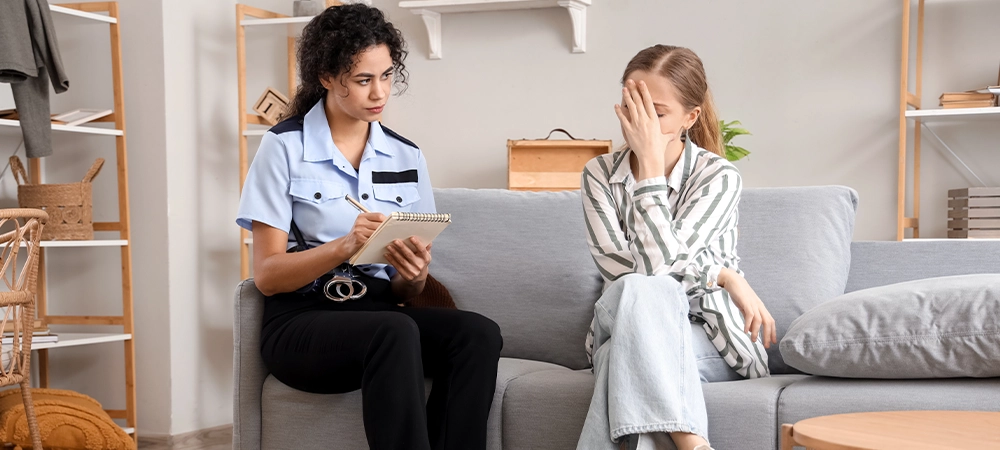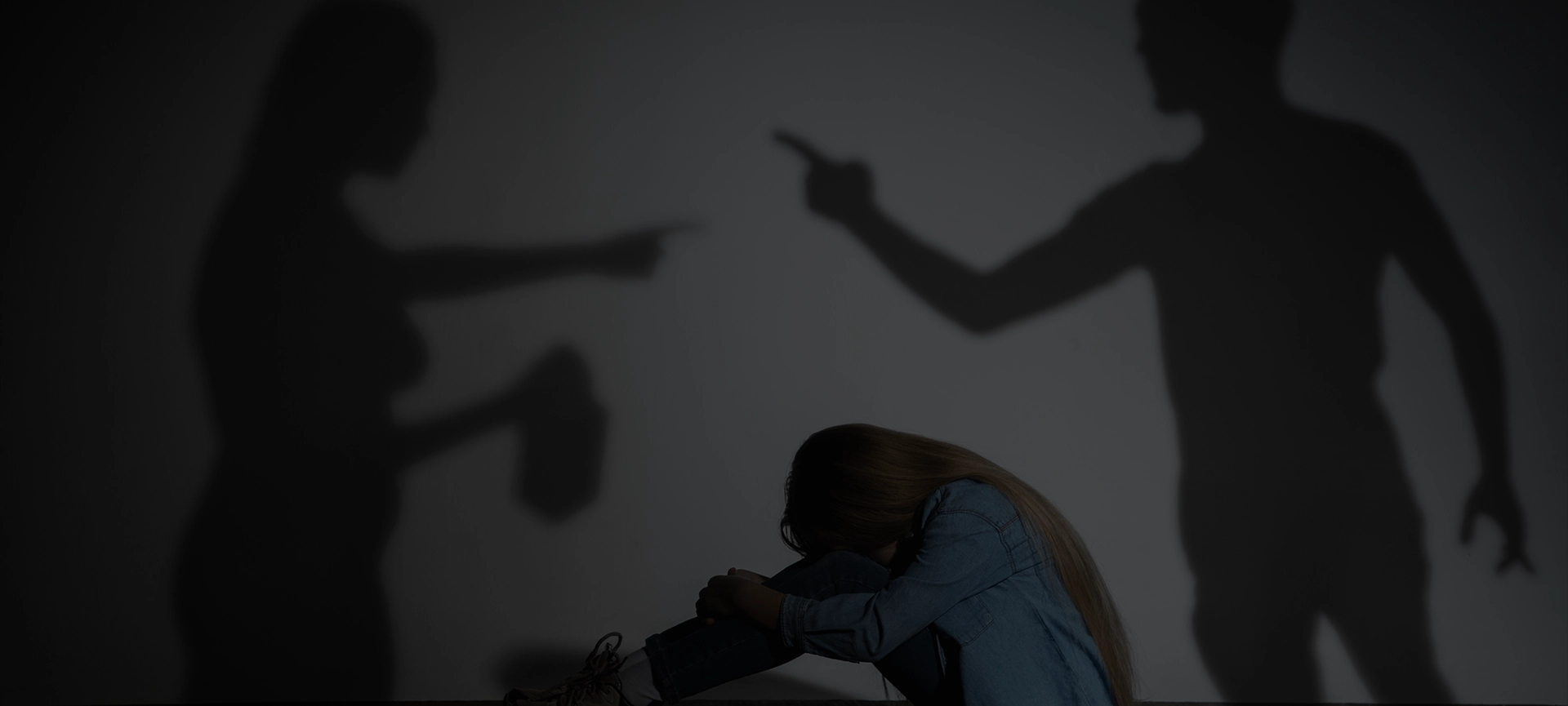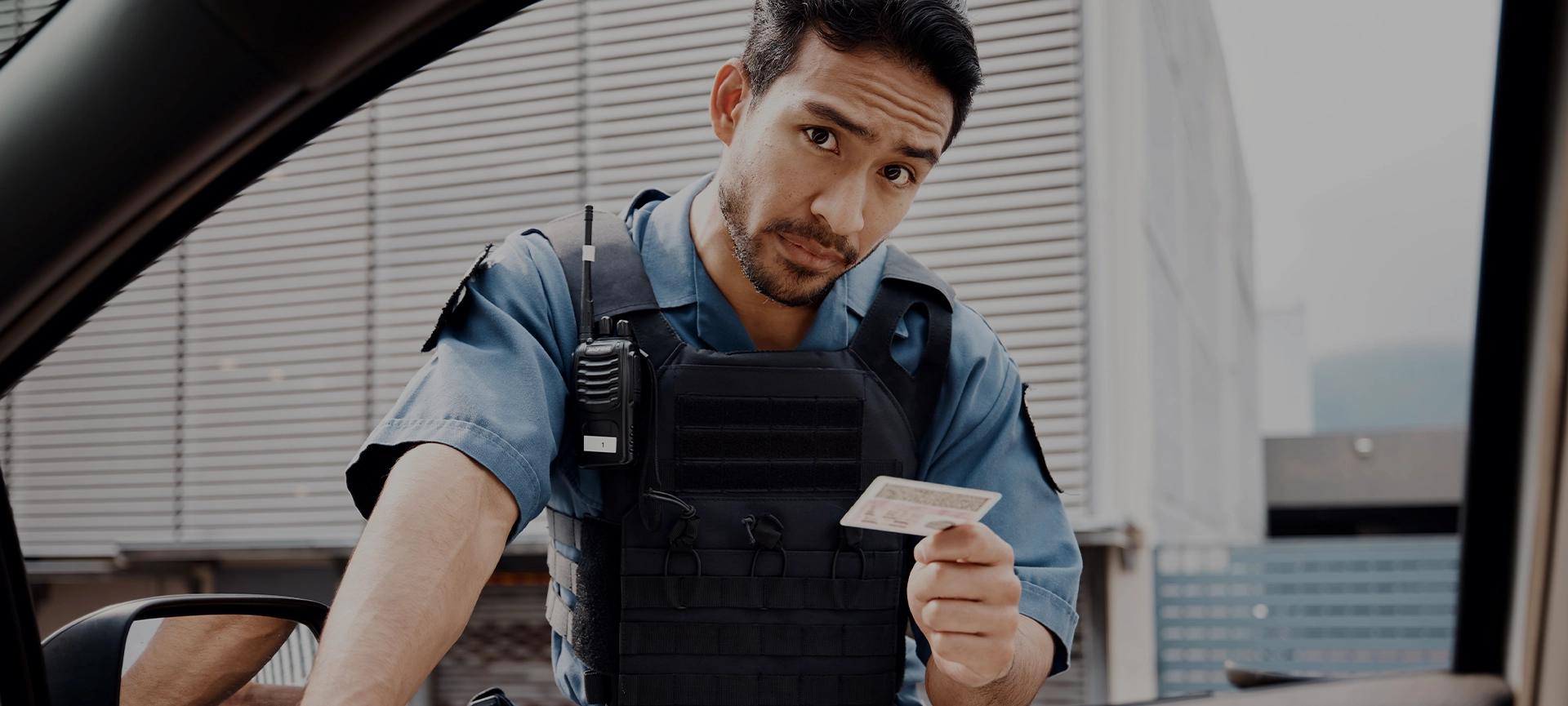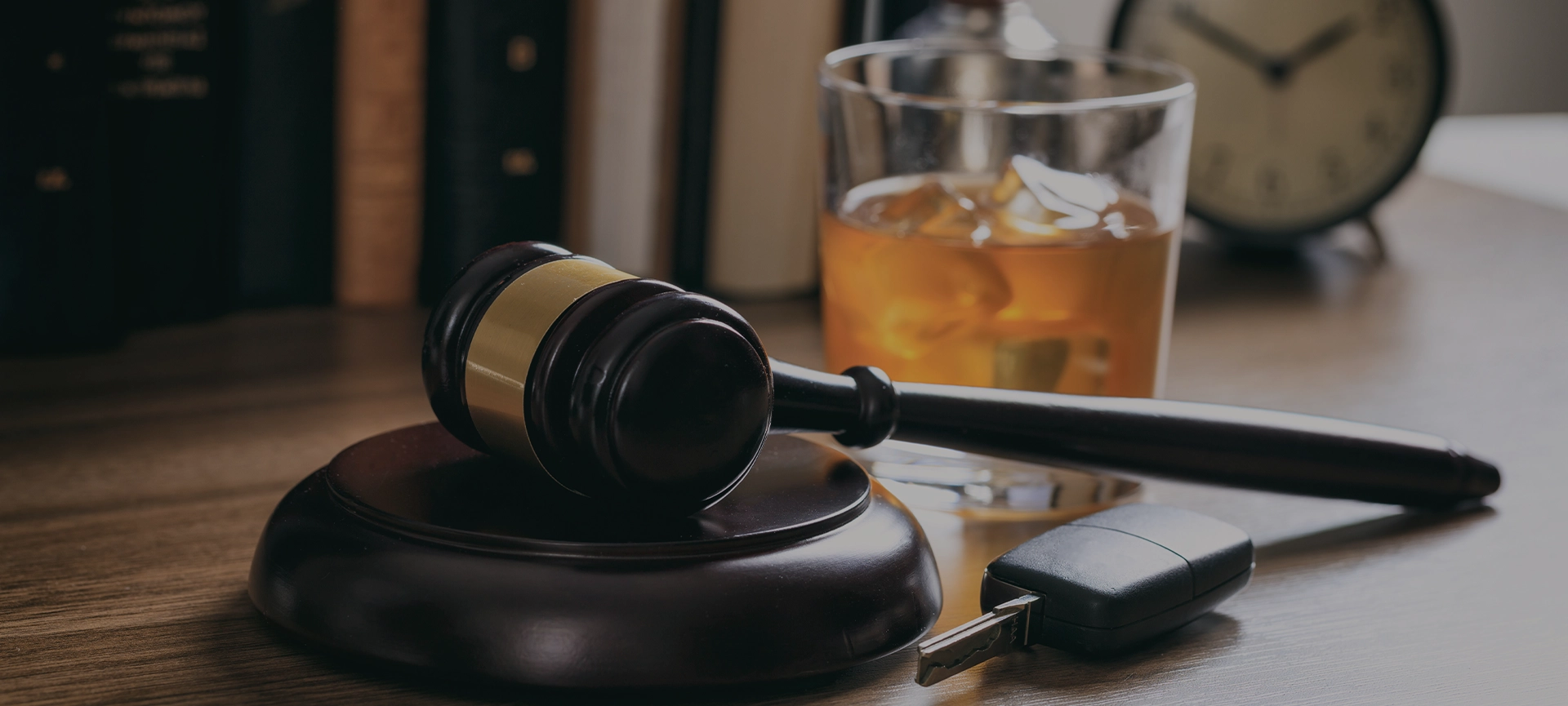Domestic abuse is a serious issue that can affect many families across Canada. When charges are brought against the alleged perpetrator, it starts a legal process designed to find out the truth and potentially bring them to justice.
Understanding what happens when you press charges for domestic abuse is important for everyone involved in the case. It helps to give clarity on what’s to come and what to expect. Read on for everything you need to know.
Understanding Domestic Abuse
There is no legal definition in Canada under the term “domestic abuse”. Instead, it is legally referred to as Intimate Partner Violence (IPV). IPV not only includes physical assault, but can include emotional, psychological, sexual, and financial abuse.
IPV is not a crime in itself. Instead, the accused will be charged with a crime that relates to an instance of IPV. For example, if an aggravated assault was committed on a spouse, this would be charged as aggravated assault whilst also being treated as intimate partner violence.
The domestic abuse element of the case can then change how the case is treated. For example, it can be seen as an aggravating factor due to a breach of trust and power dynamics. It can also lead to protective measures such as retraining orders, no-contact orders, victim assistance, and transitional housing.
Reporting the Abuse
The first step in the legal process is the reporting of the abuse to the police. This doesn’t need to be done by the victim, as it can be reported by a witness or anyone else who may be aware of the situation.
There are times when the police will get involved if they are called to a scene. For example, a neighbour called to report a heated argument. Once the police know about the potential abuse, they will conduct an investigation.

What Happens When You Press Charges for Domestic Abuse?
Firstly, it’s important to note this is not how it works in Canada. Once the abuse has been reported and the case investigated, it is entirely the responsibility of the police to decide whether or not to lay charges.
At this point, the decision isn’t up to the victim on how the case proceeds. This is seen as a way to protect the victim. If they had the choice, there is a chance they could be intimidated or coerced into dropping the charges.
If charges are laid by the police, what happens next can depend on the severity of the case. The accused may be taken into custody, and then potentially released on bail. This will usually come with conditions, such as avoiding contact with the victim. In severe cases, the accused can be held in custody until their court appearance.
The Role of the Crown Prosecutor
Once charges are laid, then the police’s work is done. The case is then handed over to a Crown prosecutor. Their role is to represent the state in criminal proceedings. They will present evidence against the accused in court.
Again, it’s not possible here for the victim to control the case. Even if they don’t want to be involved, the Crown can still proceed if they believe there is sufficient evidence. This not only protects the victim, but it’s also in the public interest to bring abusers to justice, if guilty.
Court Proceedings
Once the crown takes over, the case will then go through the court system. Here are the stages that are usually involved:
First Appearance – The first court appearance isn’t the trial. Instead, it’s for the accused to be formally charged and enter their plea.
Bail Hearing – If the accused is in custody, there will be a bail hearing. This will be determined if they are released before the trial. If they are, conditions are usually imposed.
Pre-Trial – If the accused pleads not guilty, there may be a pre-trial. Evidence is presented, legal arguments are made, and motions may be filed. For example, either side may request certain evidence be excluded.
Trial – At a trial, both the prosecution and defence will present their evidence. The trial will either be heard by a judge alone, or with a jury, depending on the severity of the case. At the end of the trial, a verdict and possible sentencing will be given.
Related Article: https://www.agpllp.ca/the-process-of-a-criminal-trial-in-ottawa/
Support for Victims
Once the crime has been reported, the victim has no control over legal proceedings. They cannot decide whether or not charges are pressed, but they are given support. This can include:
Protection Orders – Victims can apply for various protection orders such as restraining orders and peace bonds. If the accused breaches these orders, they will face further criminal charges.
Victim Services – Provinces usually provide victim services that can offer emotional support, safety planning, and legal advice.
Counselling and Shelters – If required, victims can be given a safe place to stay if they need to leave their homes.

Final Thoughts
The bottom line is the only people who can press domestic assault charges in Canada are the police. Once the alleged crime has been reported, the police will investigate before passing the case onto the Crown.
At this stage, the accused will face trial for the relevant crime and the rest of the legal process will play out. For the victims, a range of supportive and protective measures can be granted. If you have further questions or are looking for experienced legal representation, give AGP LLP a call today, and we’ll be more than happy to help.





